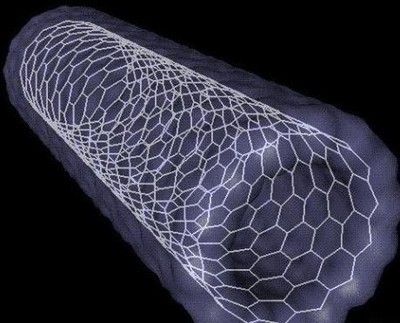ã€Aluminium Road Network】 "Scientific research is sometimes very simple and not as profound as everybody thinks. Scientists often have to find real academic problems in daily life and 'break through the window paper' to open a window. , see more distant scenery." In April Fang Fei, Haishu on campus competed with each other. Professor Yang Quanhong, a professor of the Tianjin University’s School of Chemical Engineering and winner of the National Outstanding Youth Science Foundation, also welcomed flowers like flowers. His three papers have been published continuously in the energy sector journal Advanced Energy Materials. As early as January of this year, he also proposed the "sulfur template method" for the first time, making it possible to make lithium-ion batteries smaller. The results were published online in the journal Nature-Communications. “This has taken a small step.†On April 12, Yang Quanhong accepted an interview with a reporter from the Science and Technology Daily. Talking about his own research results, Yang Quanhong was low-key and pragmatic. Behind the plain is the perseverance and commitment of this “carbon†researcher for more than 20 years. Joining the field of energy storage, many studies have been internationally recognized Canny is the first impression of Yang Quanhong. The 45-year-old professor's research focuses on carbon nanomaterials and new battery materials. After graduating from the Department of Applied Chemistry at Tianjin University in 1994, Yang Quanhong entered the Shanxi Coal Chemistry Research Institute of the Chinese Academy of Sciences and completed his master's degree study. That is, during the graduate study, he began to come into contact with carbon materials and became obsessed with it. Since then, from the Institute of Metal Research of the Chinese Academy of Sciences, the French Scientific Research Center, the Northeastern University of Japan, and the University of Southampton in the United Kingdom until 2006, he returned to his alma mater Tianjin University to establish his own research group. He never left his “carbon†to fascinate him, almost All energy and enthusiasm have been put into the design of high-volume energy density energy storage devices and carbon electrode materials, and a series of key technological breakthroughs have been made in the application of graphene dense energy storage. These results are expected to make mobile phones, laptops and other electronic products become lighter and thinner. In order to obtain a smaller, higher-capacity energy storage device, his team proposed design principles for high-volume energy density energy storage devices in terms of strategies, methods, materials, electrodes, and devices, which are practical for carbon nanomaterials. The foundation has been laid, and the practical process of a new type of electrochemical energy storage device based on carbon nanomaterials has been strongly promoted. These research results have been successively published in important international academic journals and have been recognized by the industry. Take the “ground gas†route and draw a picture on the poster "Basic research needs to be able to produce useful results, but it must also be able to tell interesting stories." This is Yang Quanhong's often-talking word. As early as 2015, Yang Quanhong was invited to publish a popular article entitled “How Dreams Come to Reality†in People’s Daily, and introduced the application prospects and industrialization of graphene. In Yang Quanhong's opinion, scientific research is sometimes very simple and not as profound as everyone thinks. What scientists do is often to find real academic problems in their daily lives, “smashing the paper on that layer of windows,†thereby opening a window and seeing more distant scenery. "Grounding Gas" is a major feature of Yang Quanhong's scientific work. In the corridor of the team lab, a display poster designed by Yang Quanhong was hand-picked. Two pictures were particularly vivid. One of the pictures shows corn, popcorn, and crackers. From corn to popcorn to compressed biscuits, this fresh change is used by Yang Quanhong to describe his two representative achievements: Graphene cryogenic negative pressure solution Technology and graphene hydrogel compact shrinkage technology. In another picture, Yang Quanhong painted the conductive agent conductivity model from a bowl of "dumpling soup" to a bowl of "dough soup." In Yang Quanhong's view, taking the "ground gas" route not only makes scientific research more interesting, but also allows the team to gain more. After the results came out, Yang Quanhong also became more busy. He was invited to report to various places, and also spread the "earth air" of scientific research to more people. For the future, Yang Quanhong hopes that graphene research can do carbon materials "do not do well" and "can not do" things, to solve the application of traditional carbon materials can not solve the bottleneck to find the killer application of graphene. Electric Screw Driver,Cordless Screwdriver Set,Computer Repair Kit,Screwdriver Kit Set SUZHOU CREATION SPACE INTELLIGENT TECHNOLOGY CO.,LTD , https://www.mypkey.com